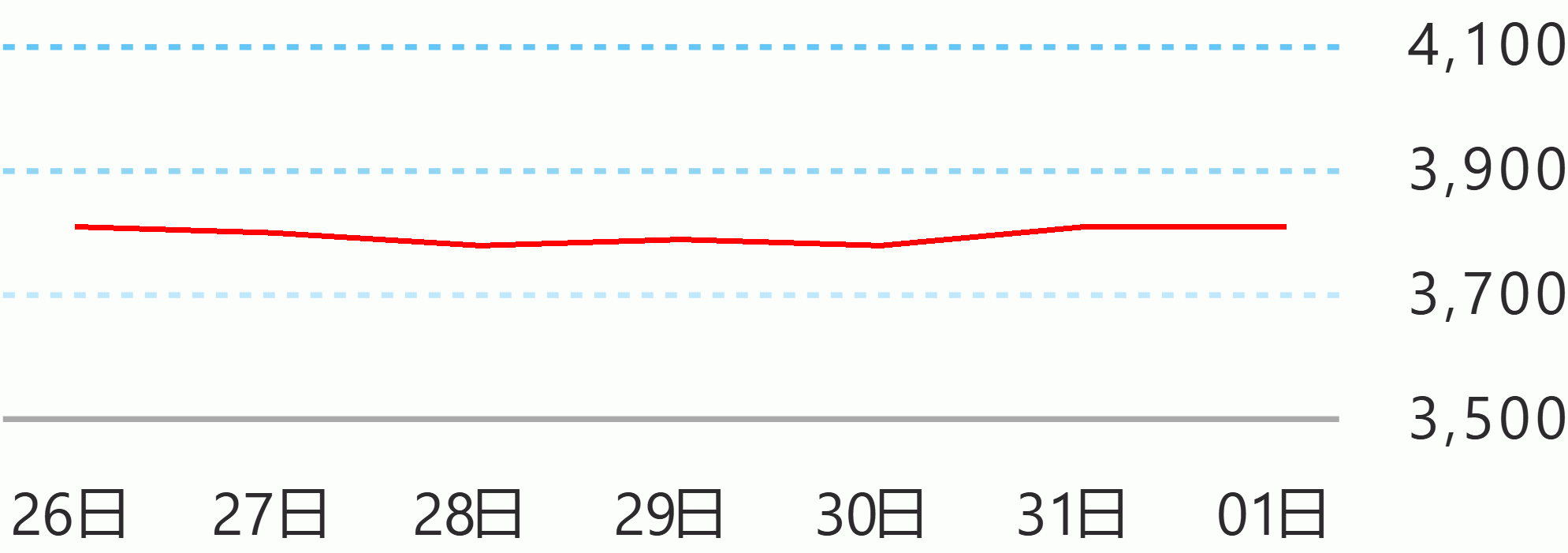By Ella Dionisio
The Commission on Population (Popcom) said the number of children born during the COVID-19 pandemic in areas under lockdown may reach up to 250,000.
In a recent interview with The Daily Manila Shimbun, Undersecretary of Population and Development Juan Antonio Perez III said the increase in birth rate is due to the disruption of public health and family planning services.
“I would predict that it will going to increase by 200-250,000 (additional births) which is only (affecting) one-third of the (entire country),” Perez said.
“This is the first time in history that we have quarantined for such a long period… (A) psychologist can explain what happened but we are theorizing that people are together all the time. You may want to engage more in that… We never have quarantines for nine to 10 months. That is so severe, so I think we are still trying to understand what is happening,” he said.
He said it is possible that the country will have 1.7 to 1.8 million new born babies for 2021.
“That would be the highest number of births in the Philippines historically if that happens but I cannot compare at this time whether the estimate will actually happen because those births will happen between now (March) and September. So we have to wait for the registration,” Perez said.
For the entire country, Perez said births of up to 750,000 is possible.
The Philippine Statistics Authority (PSA) has yet to release the 2020 birth statistics but for 2019, a total of 1.6 million babies were born.
PSA also revealed that births among girls ages 15 years old and below have gone up by seven percent in 2019. This is the ninth year since 2011 that the figure has continued to rise.
In 2019, 2,411 girls considered as very young adolescents aged 10 to 14 gave birth, or almost seven every day. This was a three-fold increase from 2000, when only 755 from that age group gave birth.
Overall, the number of Filipino minors who gave birth in 2019 increased to 62,510, which was slightly higher than the 62,341 minors in 2018.
Perez said based on some survey results, the reason for increase in pregnancy is due to women having more difficulty getting family planning service and lack of education on the matter.
Perez said the government is aiming to reach a balanced population growth rate by 2025.
“What we want is a population growth rate that leads to a stable quality population that will probably achieve if we have a balance on population growth rate about one percent that will happen in 2025,” he said.
“Population growth will hopefully stabilize by 2025 to around one percent. At one percent, we will maintain a good balance that families (have) two children, mother and father that are able to support (themselves),” he added.
Based on their latest figure, the population in the Philippines is at 109,840, 196.
“That is the number of Filipinos today… The prediction we have is up to around 2040 to 2045, the prediction is it could be around 140 million,” he said.
“Even if we get there we will be very stable and we will not be going up anymore,” Perez added. DMS





 English
English










